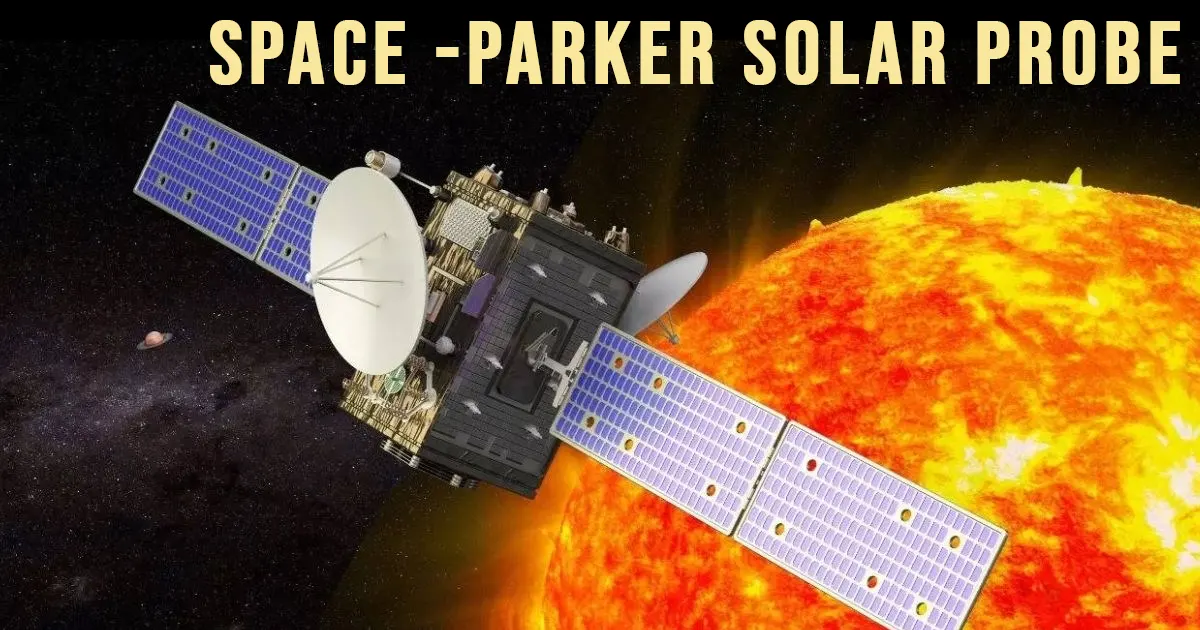GS 3 – Science and technology

NASA’s Parker Solar Probe (PSP) recently made its closest approach to the Sun, breaking previous records.
Overview:
- Purpose: PSP is designed to study the Sun’s atmosphere, focusing on understanding why the Sun’s outer atmosphere (corona) is significantly hotter than its surface and tracing the origin of the solar wind.
- Speed: It travels at an astonishing speed of 692,000 km/h, making it the fastest human-made object ever.
- Heat Resistance: The probe can withstand temperatures up to 982°C.
Launch and Naming:
- Launched in 2018, the spacecraft is named after Eugene Newman Parker, the American solar astrophysicist who first described the solar wind in 1958.
Instruments:
- FIELDS Experiment: Measures electric and magnetic fields.
- Integrated Science Investigation of the Sun (ISIS): Analyzes solar energetic particles.
- Wide Field Imager for Solar Probe (WISPR): Captures images of the Sun’s corona and solar wind.
- Solar Wind Electrons Alphas and Protons (SWEAP): Studies solar wind particles.
Significance:
The Parker Solar Probe offers unprecedented insights into the Sun’s behavior, which is vital for understanding space weather and its potential impact on Earth.




